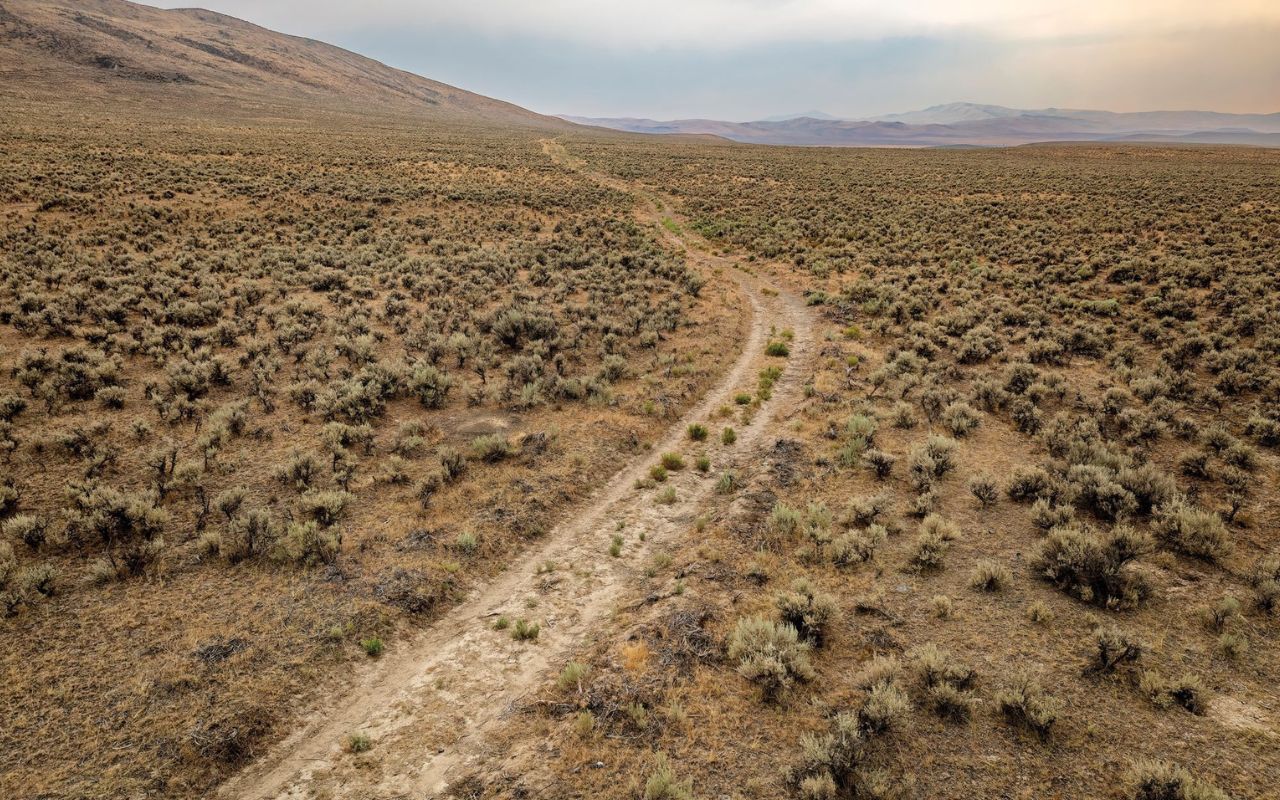Lost Trading Posts Of The Overland Trail

Imagine traveling back in time to the days of the Overland Trail, a vital route for pioneers heading west. This path, stretching from Missouri to California, was more than just a road; it was a lifeline for many seeking new beginnings. Along this trail, trading posts sprang up, offering supplies, rest, and news to weary travelers. These posts were bustling hubs where cultures met, goods exchanged, and stories shared. Today, many of these once-thriving spots have faded into history, leaving behind whispers of their existence. What happened to these lost trading posts? Why did they vanish, and what remains of them today? Join us as we journey through time, uncovering the mysteries and tales of these forgotten landmarks. Whether you're a history buff or just curious about the past, this exploration promises to shed light on a fascinating chapter of American history.
What Were the Trading Posts on the Overland Trail?
The Overland Trail was a vital route for pioneers heading west in the 19th century. Along this path, trading posts sprang up, offering supplies and rest to weary travelers. These posts were more than just pit stops; they were lifelines in the vast wilderness. Let's take a look at some of these lost trading posts.
1. Fort Laramie
Fort Laramie was a bustling hub where traders, trappers, and travelers converged. Located in present-day Wyoming, it served as a key resupply point. Here, pioneers could stock up on essentials like food, clothing, and tools. The fort also provided a place to rest and gather information about the journey ahead.
2. Fort Bridger
Fort Bridger, established by mountain man Jim Bridger, was another crucial stop. Nestled in the Wyoming wilderness, it offered supplies and repairs for wagons. Travelers could exchange news and advice, making it a social center as well as a trading post.
3. Fort Hall
Fort Hall, located in Idaho, was a beacon for those on the Oregon Trail. It provided much-needed supplies and a chance to regroup. The fort's strategic position made it a popular stop for those heading to the Pacific Northwest.
4. Fort Kearny
Fort Kearny, situated in Nebraska, was a military post that doubled as a trading hub. It offered protection and provisions for travelers. The fort's presence reassured pioneers as they ventured into the unknown.
5. Fort Boise
Fort Boise, in present-day Idaho, was a key stop for those traveling the Oregon Trail. It provided a place to rest and resupply before tackling the challenging terrain ahead. The fort's location near the Snake River made it a vital waypoint.
6. Fort Casper
Fort Casper, located in Wyoming, was a small but important trading post. It offered basic supplies and a place to rest weary feet. The fort's strategic location made it a popular stop for those heading west.
7. Fort Laramie II
Not to be confused with the first Fort Laramie, this second location was also a key trading post. It provided a place for travelers to gather and share stories. The fort's presence was a comforting sight for those on the long journey.
8. Fort John
Fort John, also known as Fort Laramie III, was a bustling center of trade. It offered supplies and a place to rest for travelers on the Overland Trail. The fort's strategic location made it a popular stop for those heading west.
9. Fort Bridger II
A second Fort Bridger was established to meet the growing demand for supplies. It offered a place to rest and resupply for weary travelers. The fort's presence was a welcome sight for those on the long journey.
10. Fort Hall II
A second Fort Hall was established to meet the growing demand for supplies. It offered a place to rest and resupply for weary travelers. The fort's presence was a welcome sight for those on the long journey.
Rediscovering History's Footprints
The lost trading posts of the Overland Trail offer a fascinating glimpse into a time when pioneers braved the unknown. These outposts were more than just places to trade goods; they were lifelines for travelers seeking shelter, supplies, and news. Each post had its own story, contributing to the rich tapestry of American history. As you learn about these forgotten places, imagine the bustling activity and the diverse people who passed through. Today, remnants of these posts remind us of the challenges and triumphs faced by those who journeyed westward. Exploring these sites can deepen your appreciation for the resilience and determination of early settlers. Whether you're a history buff or just curious, the Overland Trail's trading posts invite you to step back in time and connect with the past. Embrace this opportunity to walk in the footsteps of those who shaped the nation.

